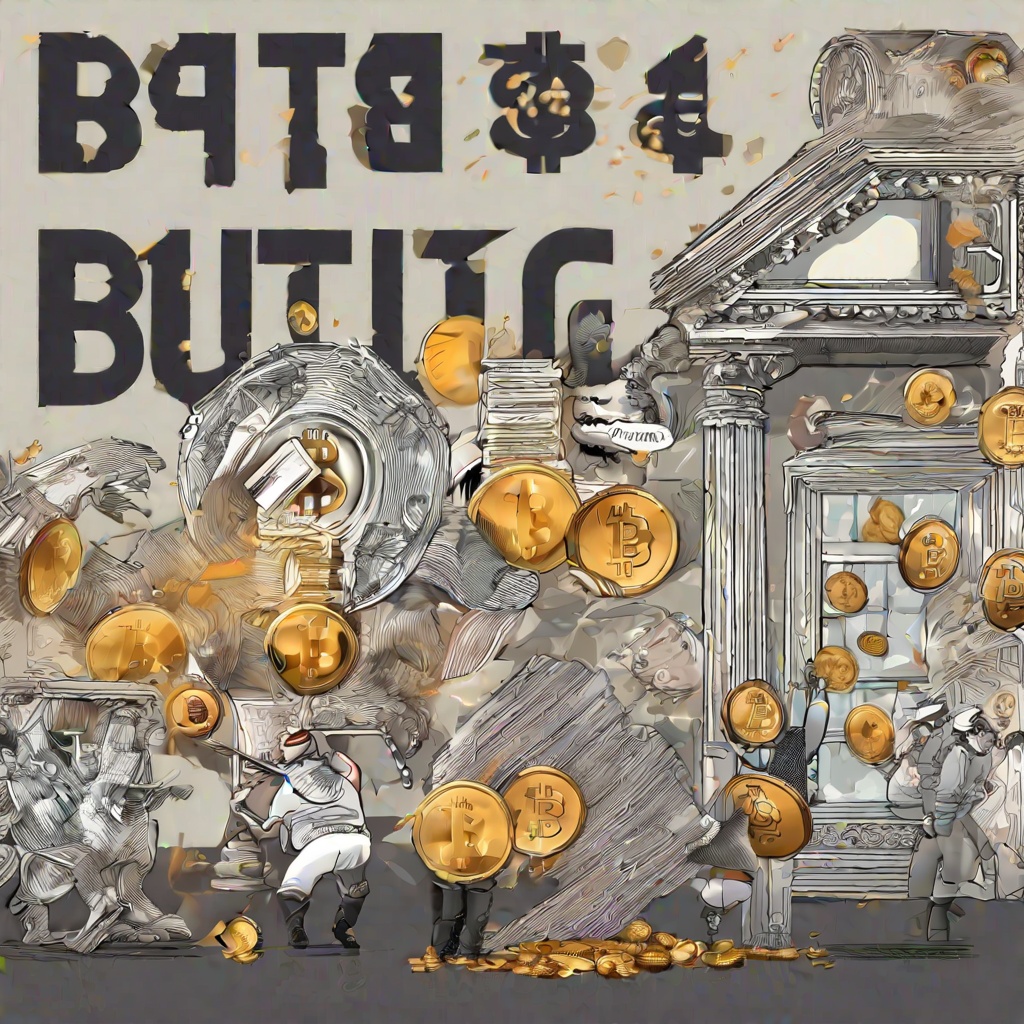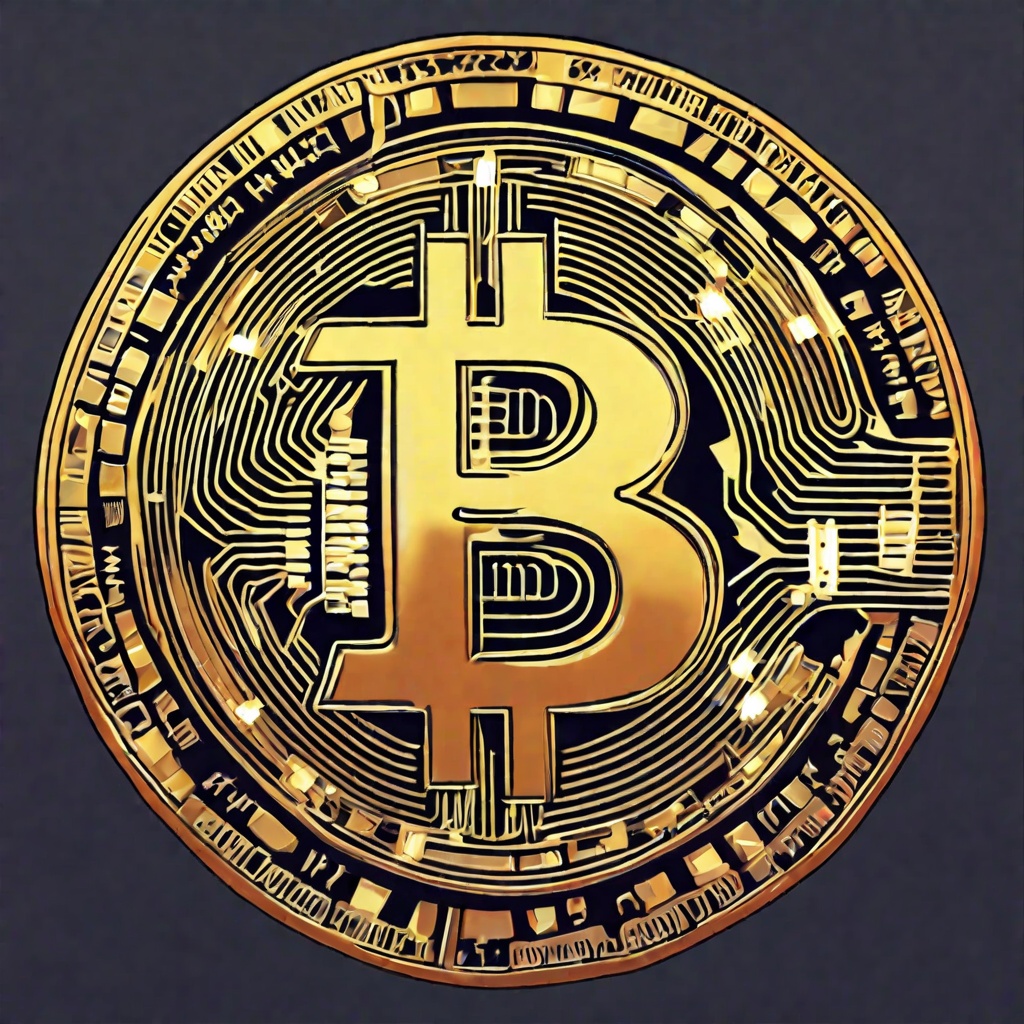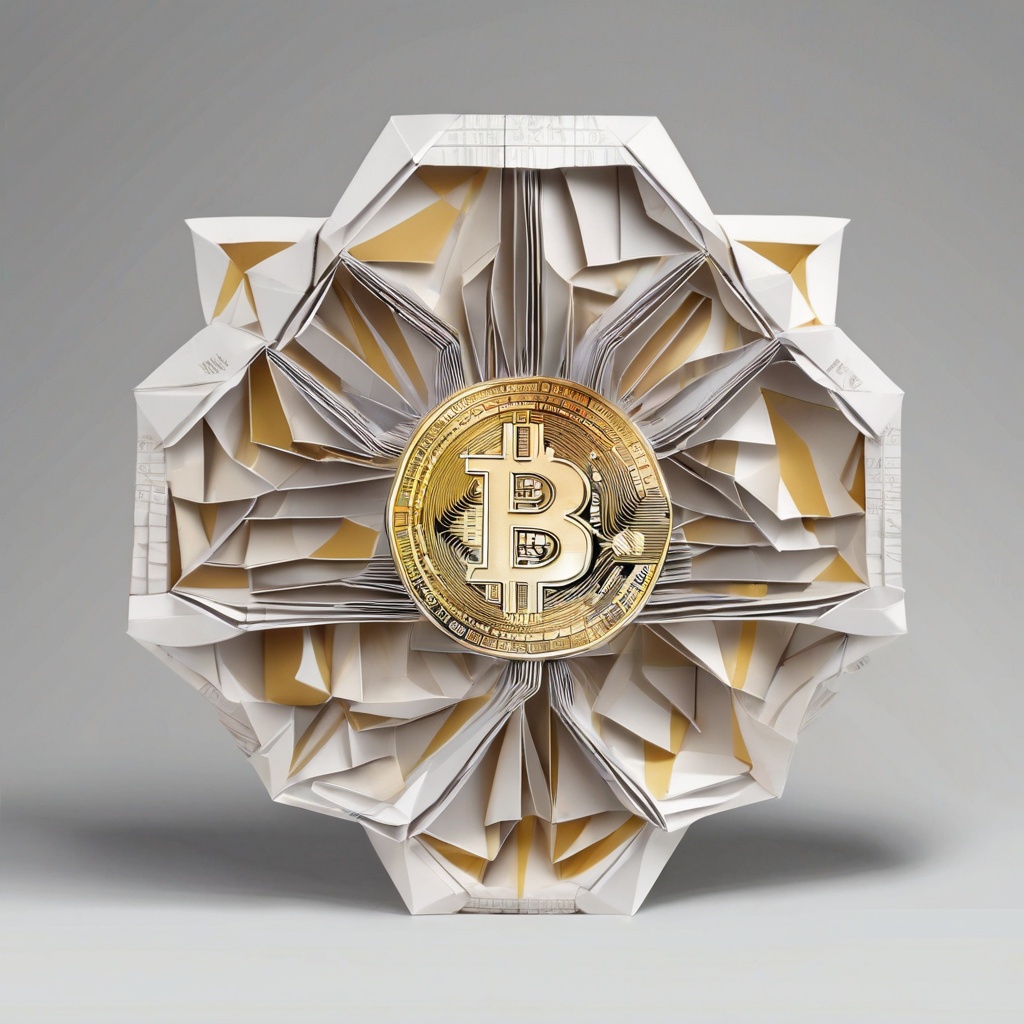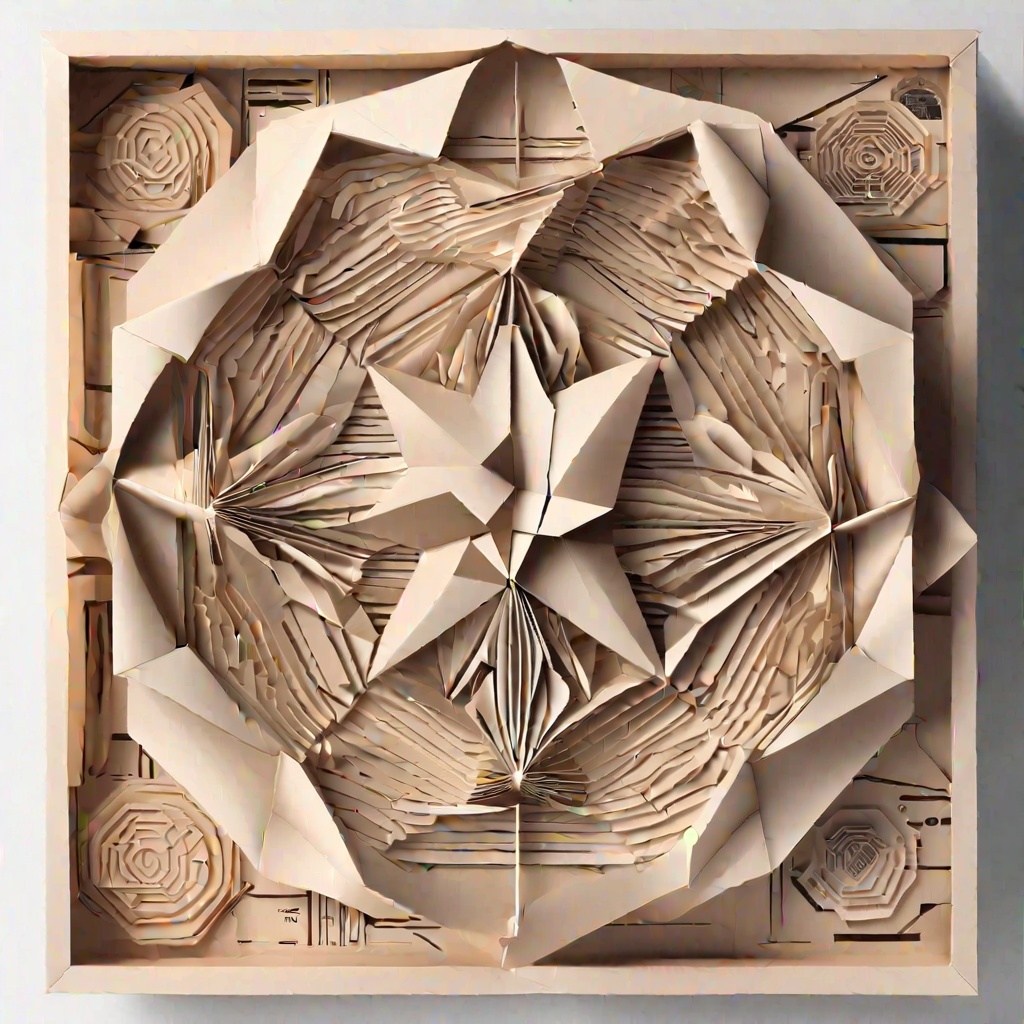Does Kraken support Moonbeam?
I'm wondering if Kraken, the cryptocurrency exchange platform, provides support for Moonbeam. Moonbeam is a parachain on the Polkadot network, and I'm interested in knowing if I can trade or interact with it through Kraken.

What is Moonbeam known for?
Moonbeam is known for being a parachain on the Polkadot network, enabling developers to build and deploy Ethereum-compatible smart contracts and DApps with cross-chain integration and interoperability.

Is Moonbeam an Ethereum?
I'm interested in Moonbeam and want to know if it's related to Ethereum. Specifically, I'm wondering if Moonbeam can be considered as an Ethereum or if it's a separate entity. I'd like a clear explanation on this.

What rank is Moonbeam crypto?
I'm interested in Moonbeam crypto and I want to know its current rank in the cryptocurrency market. Can someone tell me where it stands in terms of popularity or market capitalization compared to other cryptocurrencies?

Who is behind Moonbeam?
I'm curious about the entity or individual responsible for the creation or development of Moonbeam. I want to know who stands behind this project.

